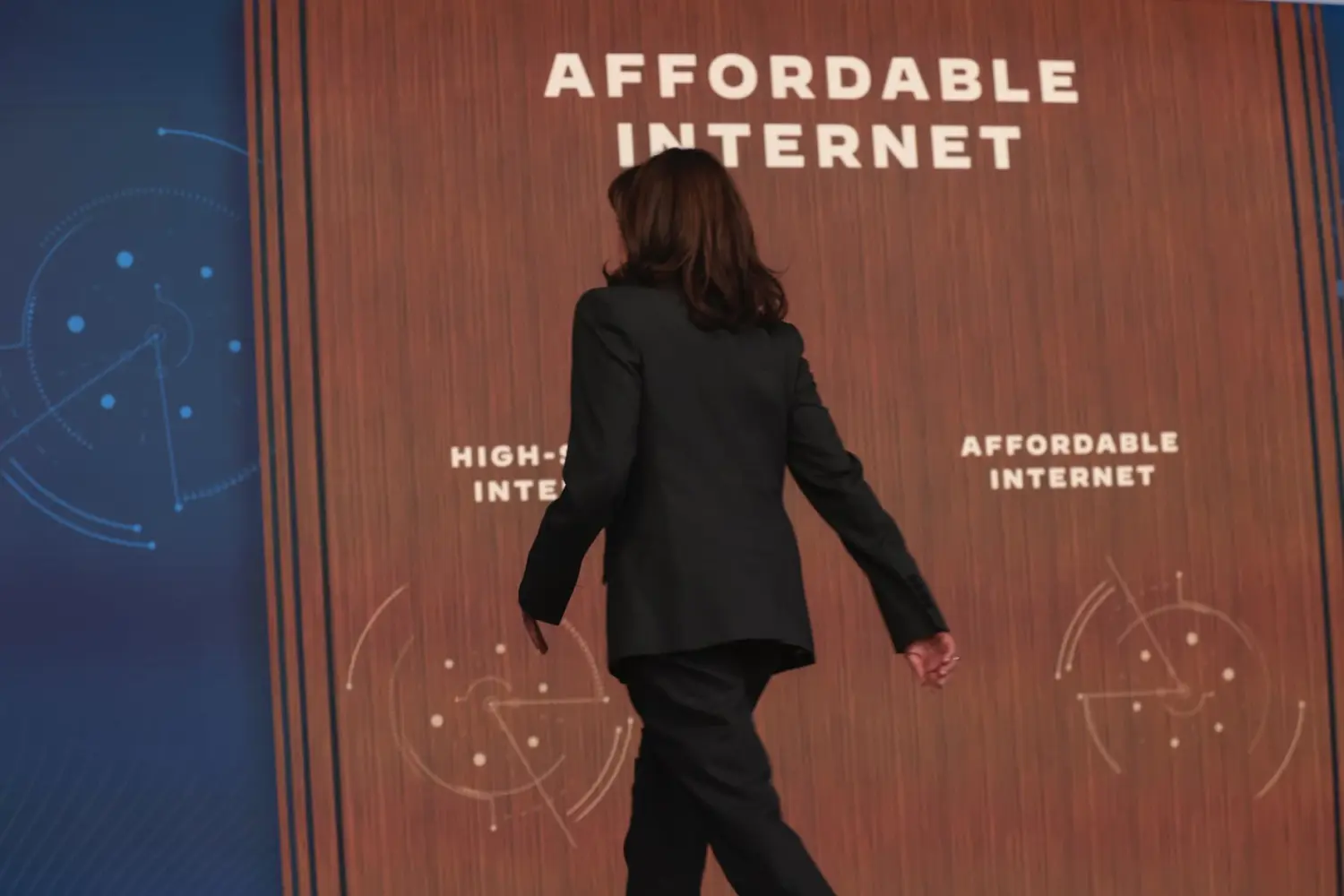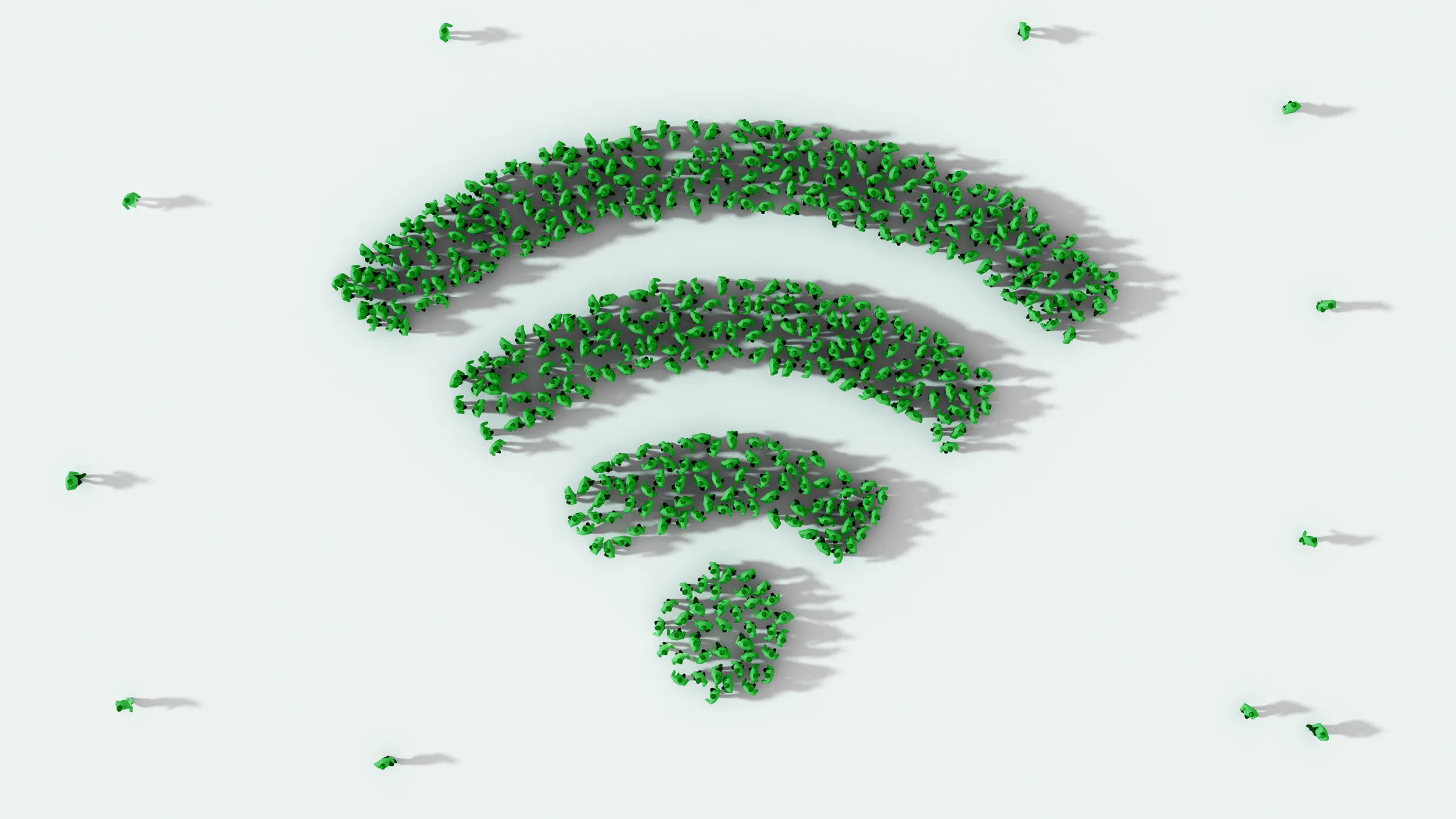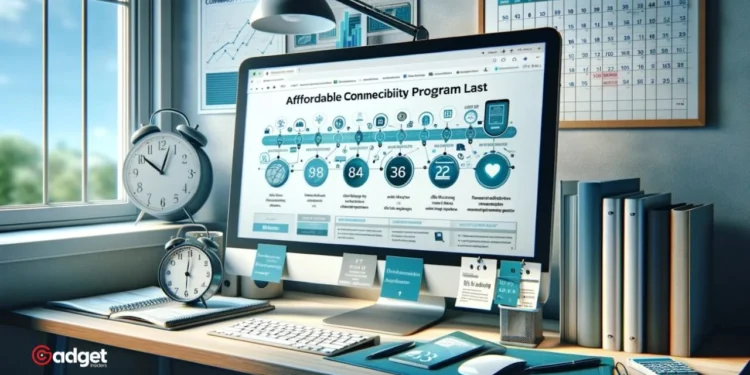The Affordable Connectivity Program (ACP), which has been a lifeline for many low-income Americans, is set to close due to insufficient congressional funding. This federal program, known for subsidizing internet costs, will cease operations, impacting millions who depended on it for daily internet access.

A Widely Praised Affordable Connectivity Program Comes to an End
The Affordable Connectivity Program has been instrumental in providing discounted internet access to households that otherwise might not afford the rising costs of digital connectivity. It supported various sectors including education, healthcare, and e-commerce, thereby playing a pivotal role in the digital inclusivity of underprivileged Americans. “The entire program is designed to be dependent on funds and donations,” a government spokesperson noted, highlighting the program’s vulnerability to funding shortages.
Despite its popularity and critical acclaim, the Affordable Connectivity Program could not withstand the financial shortfall that followed. “April was the last month when the program had enough funds to run,” as stated in official reports. The cessation of this program marks a significant setback in efforts to bridge the digital divide in the United States.
Political Standoff and Funding Crisis
The program’s closure comes after repeated appeals from consumer advocates and Democratic lawmakers failed to secure the necessary backing from their Republican counterparts in Congress. This political impasse has led to the unfortunate winding down of a program that once promised continuous digital connectivity for its beneficiaries.

The Immediate Impact on Low-Income Families
With the ACP now officially terminated as of June 2, the consequences are dire for many Americans, especially those in low-income brackets and residents of tribal areas. Previously, these individuals benefited from subsidies up to $30, and in some cases $75, on their internet bills. The removal of these subsidies means increased expenses, pushing the cost of essential internet services out of reach for many.

Looking Forward: The Digital Divide Widens
As the country grapples with the implications of this program’s end, nearly 60 million Americans face the reality of losing affordable internet access. This development is more than a policy failure; it’s a significant blow to the nation’s commitment to ensuring universal access to information and digital services. The need for a new solution or alternative support mechanism has never been more urgent, as the gap in digital equity threatens to widen further.










